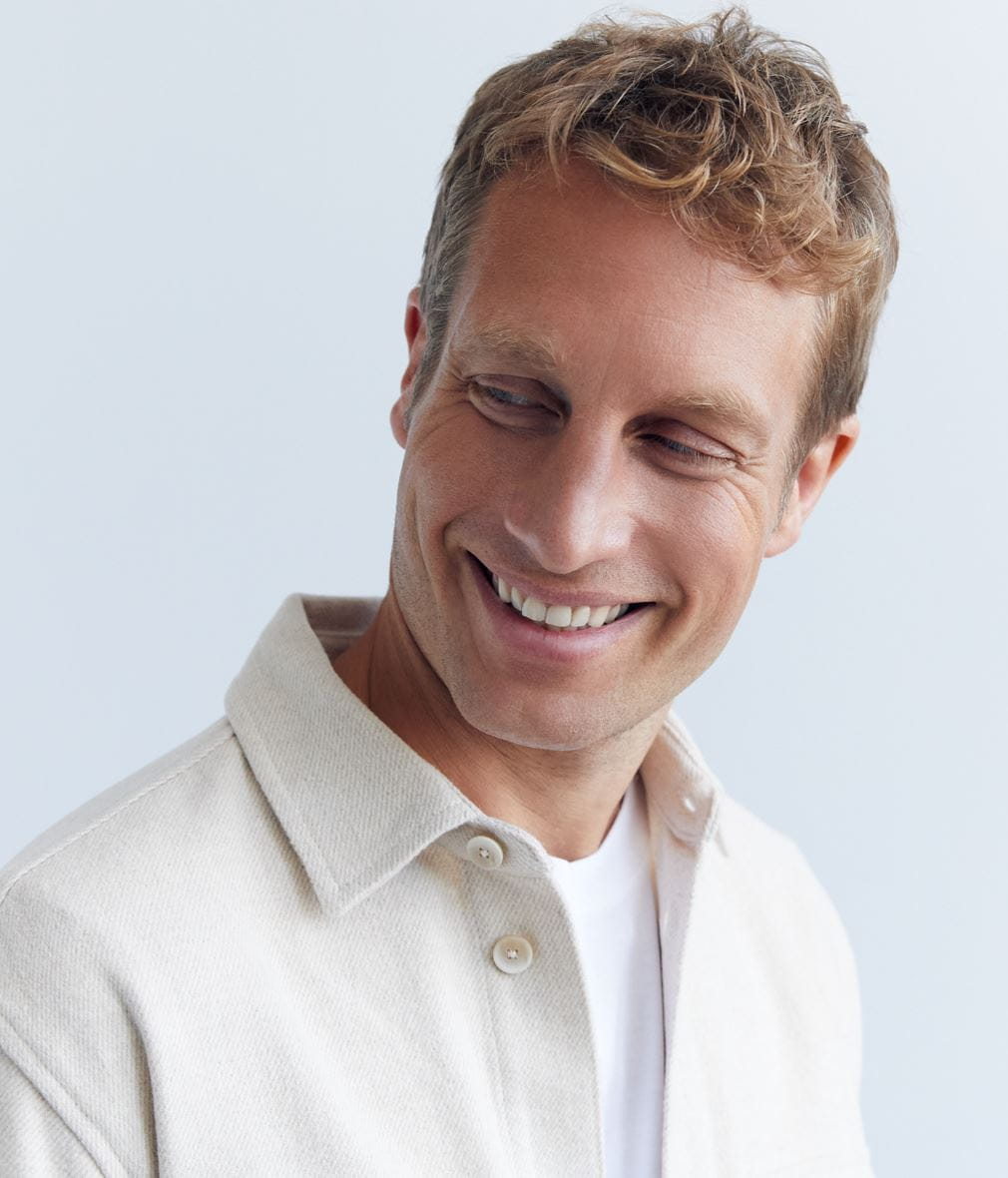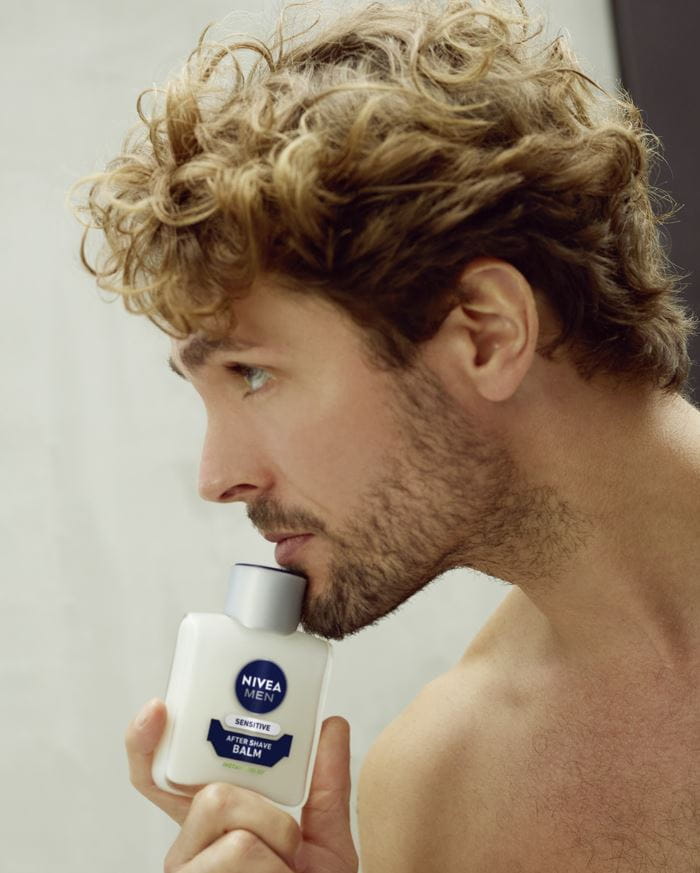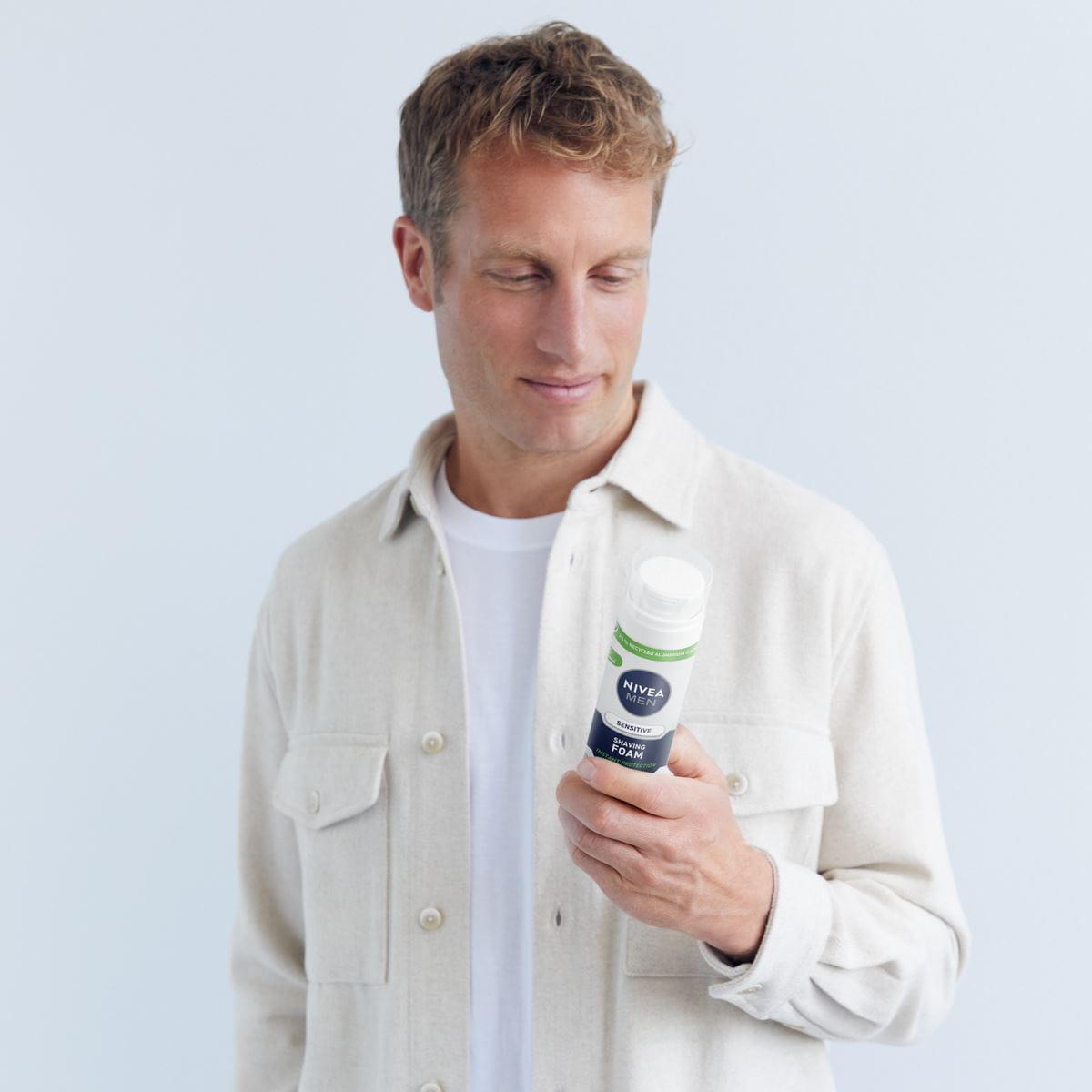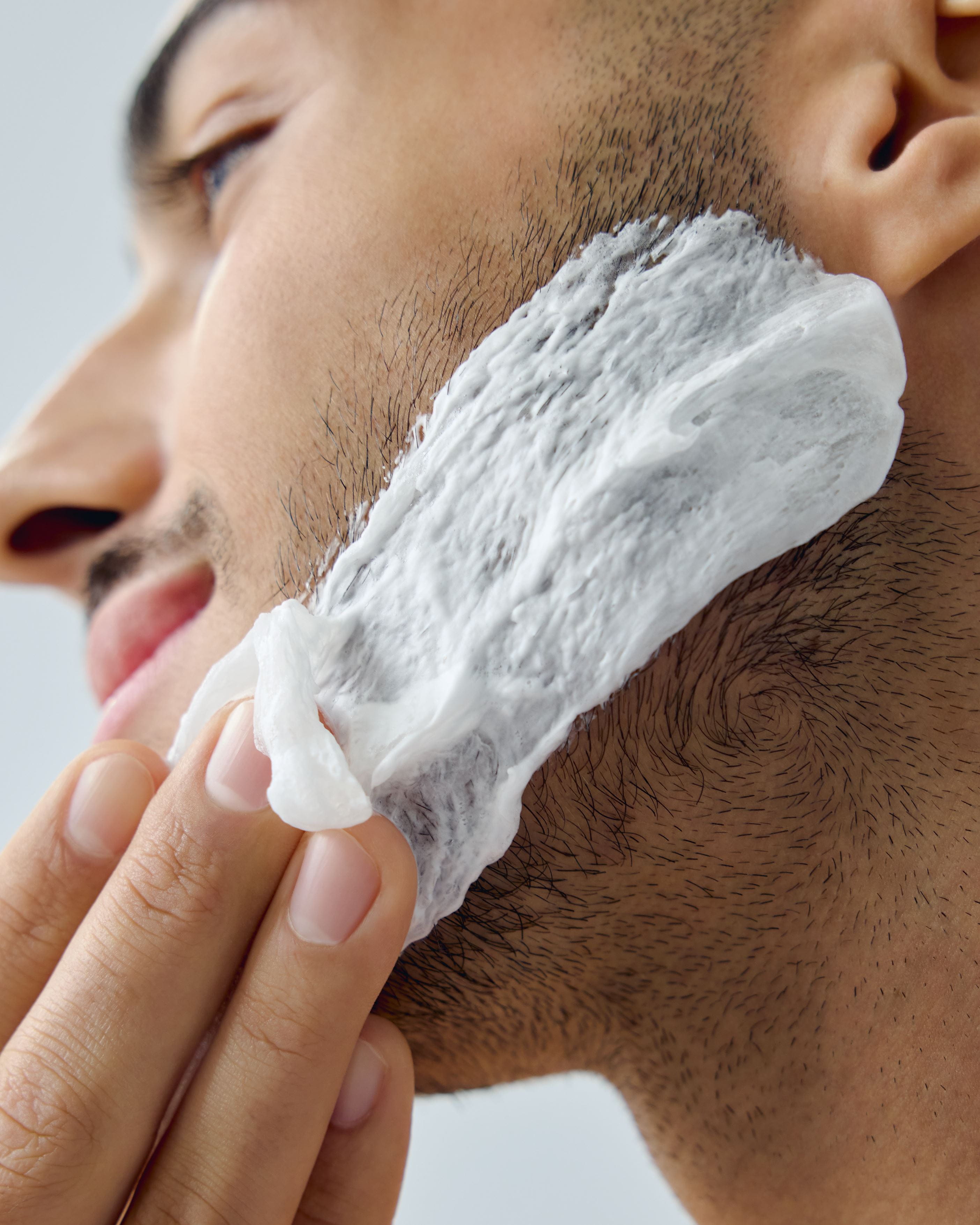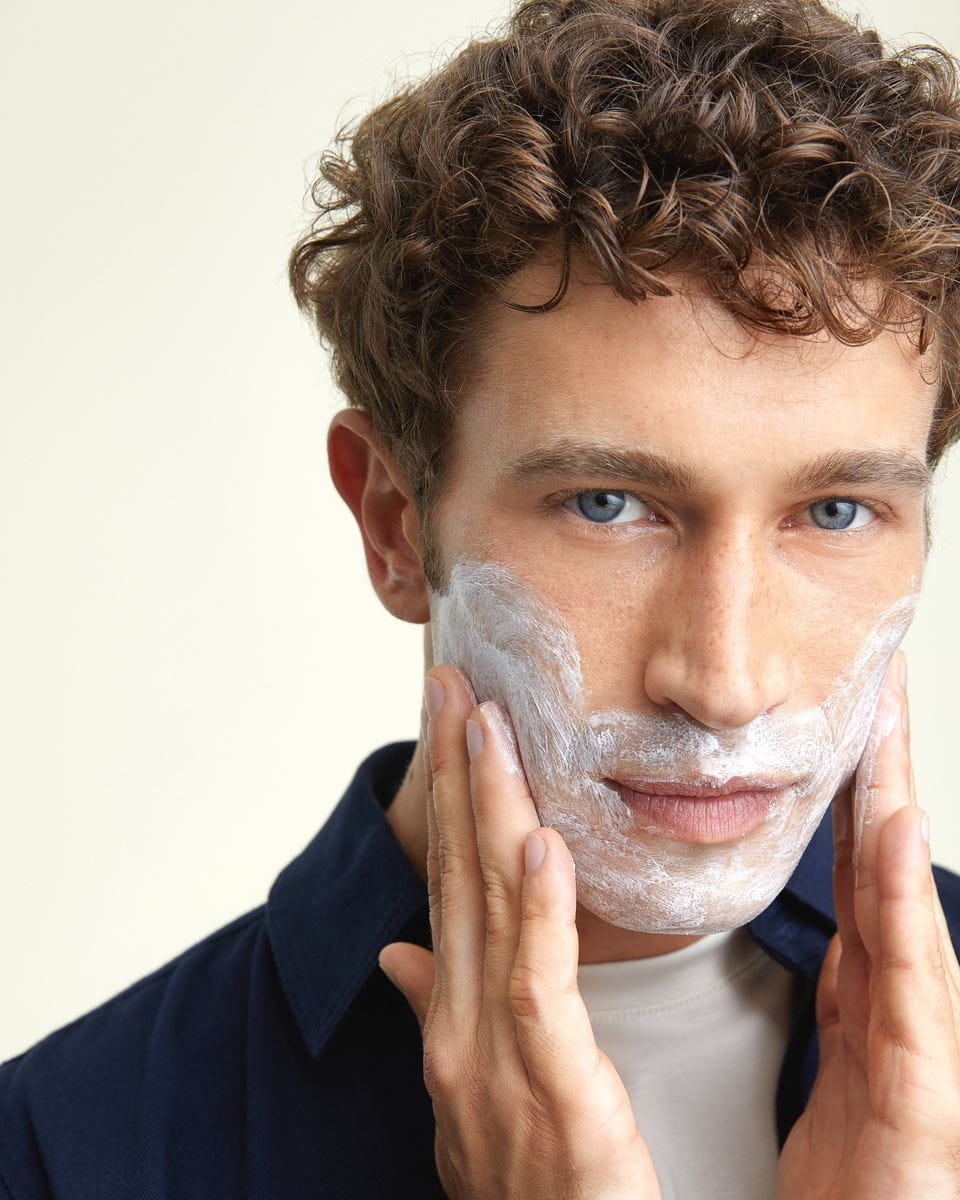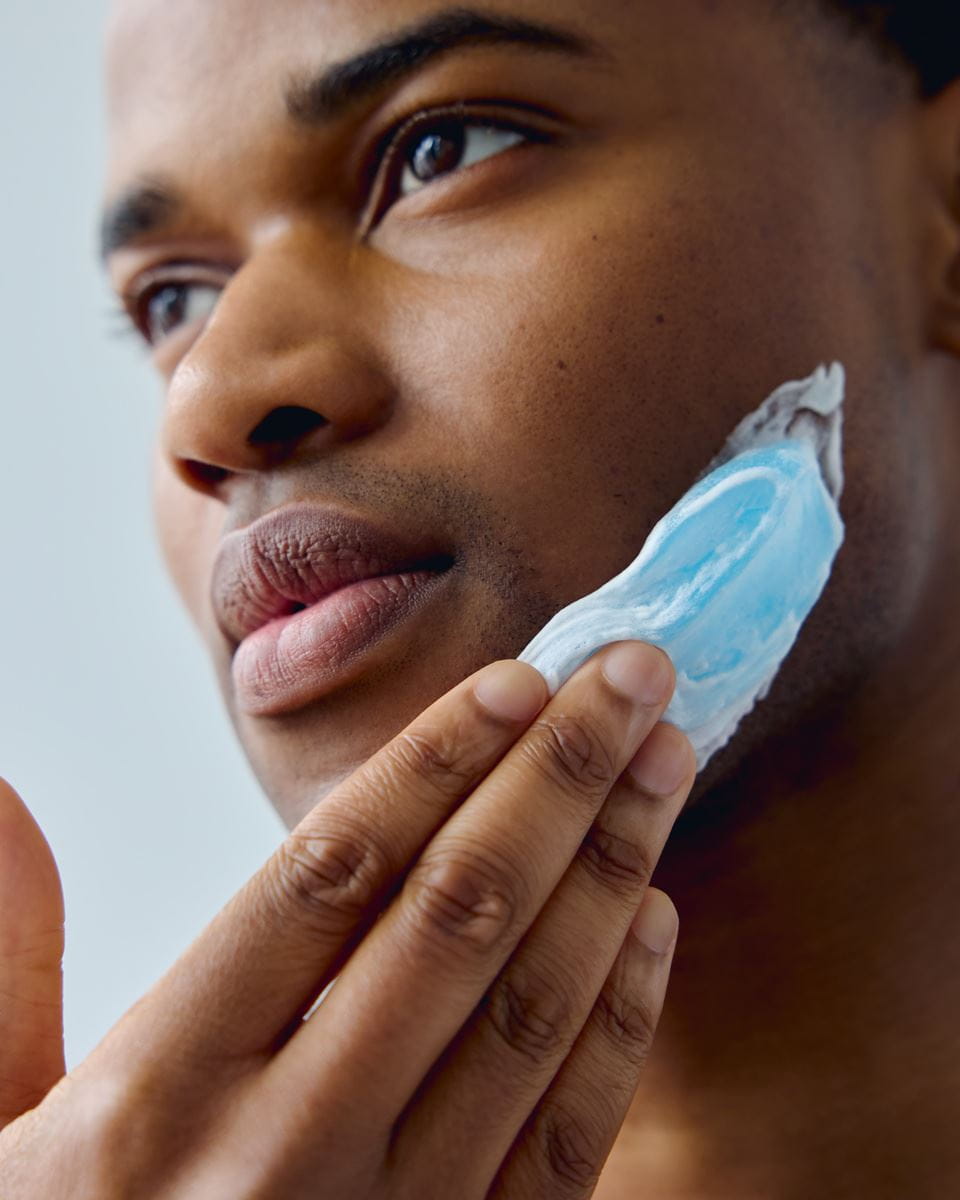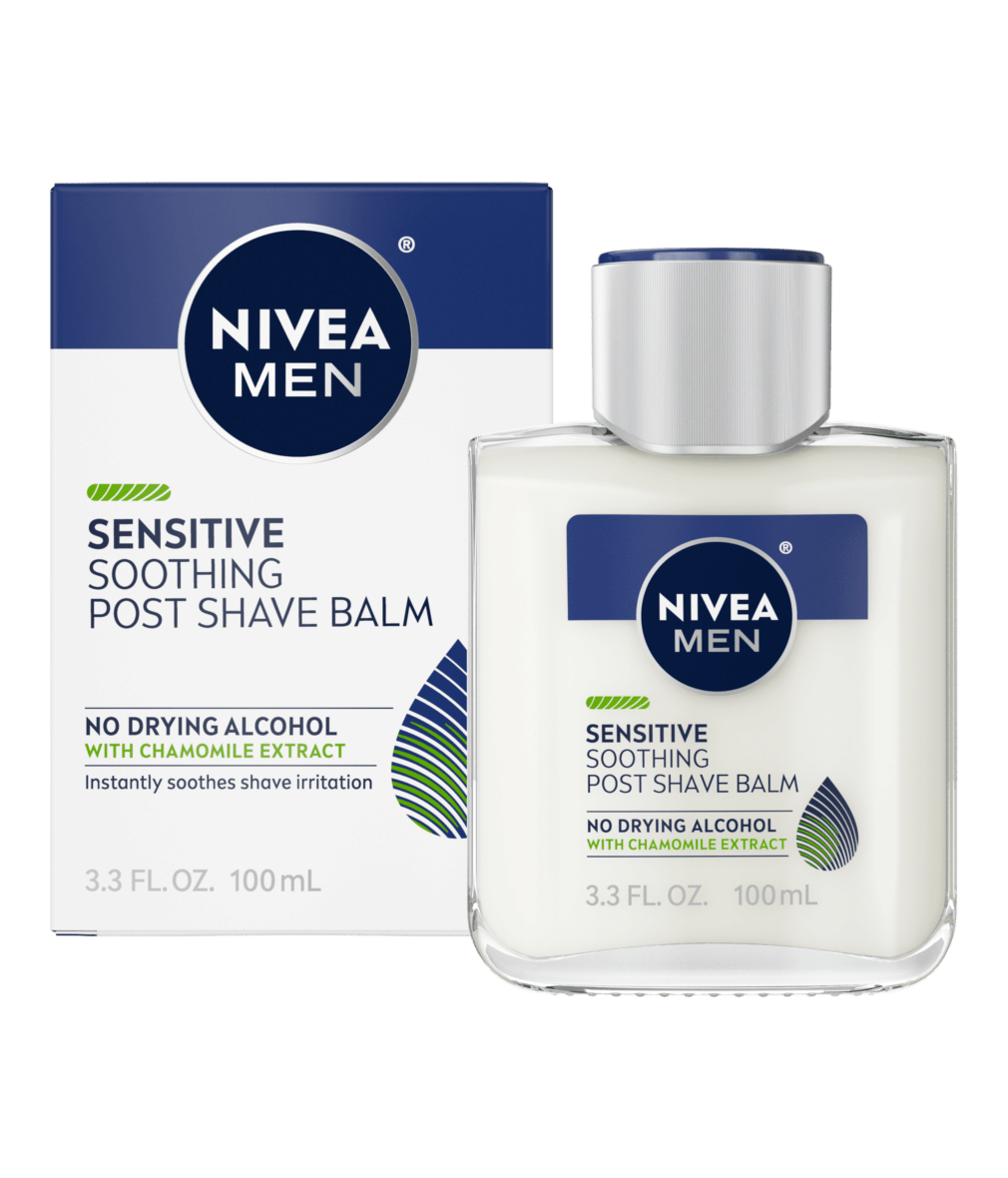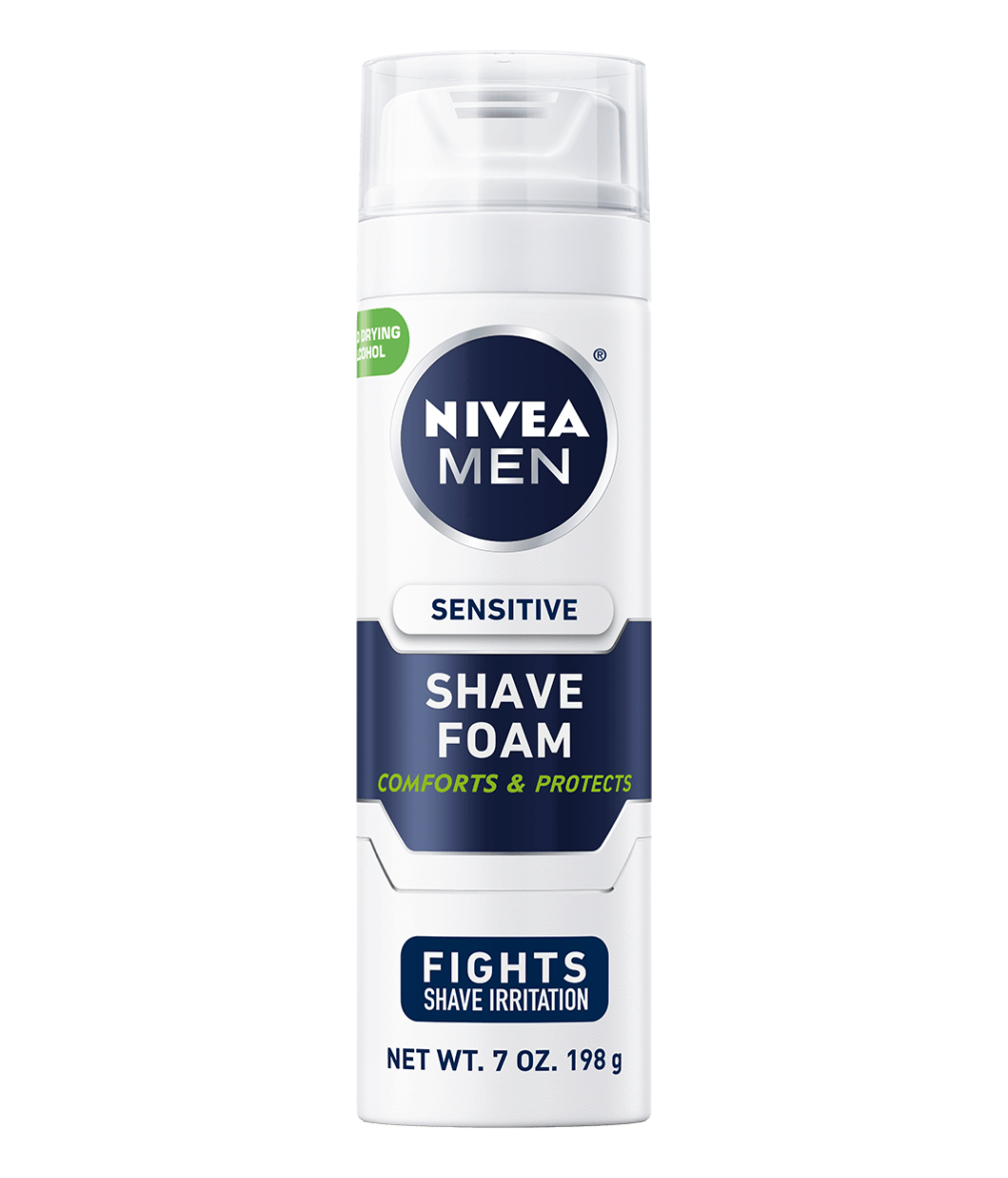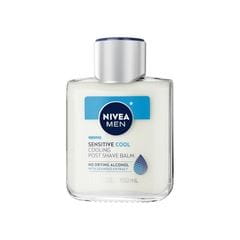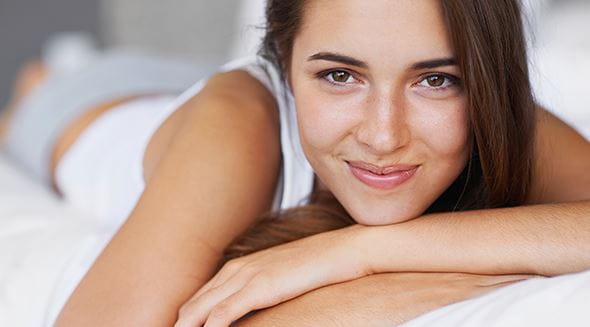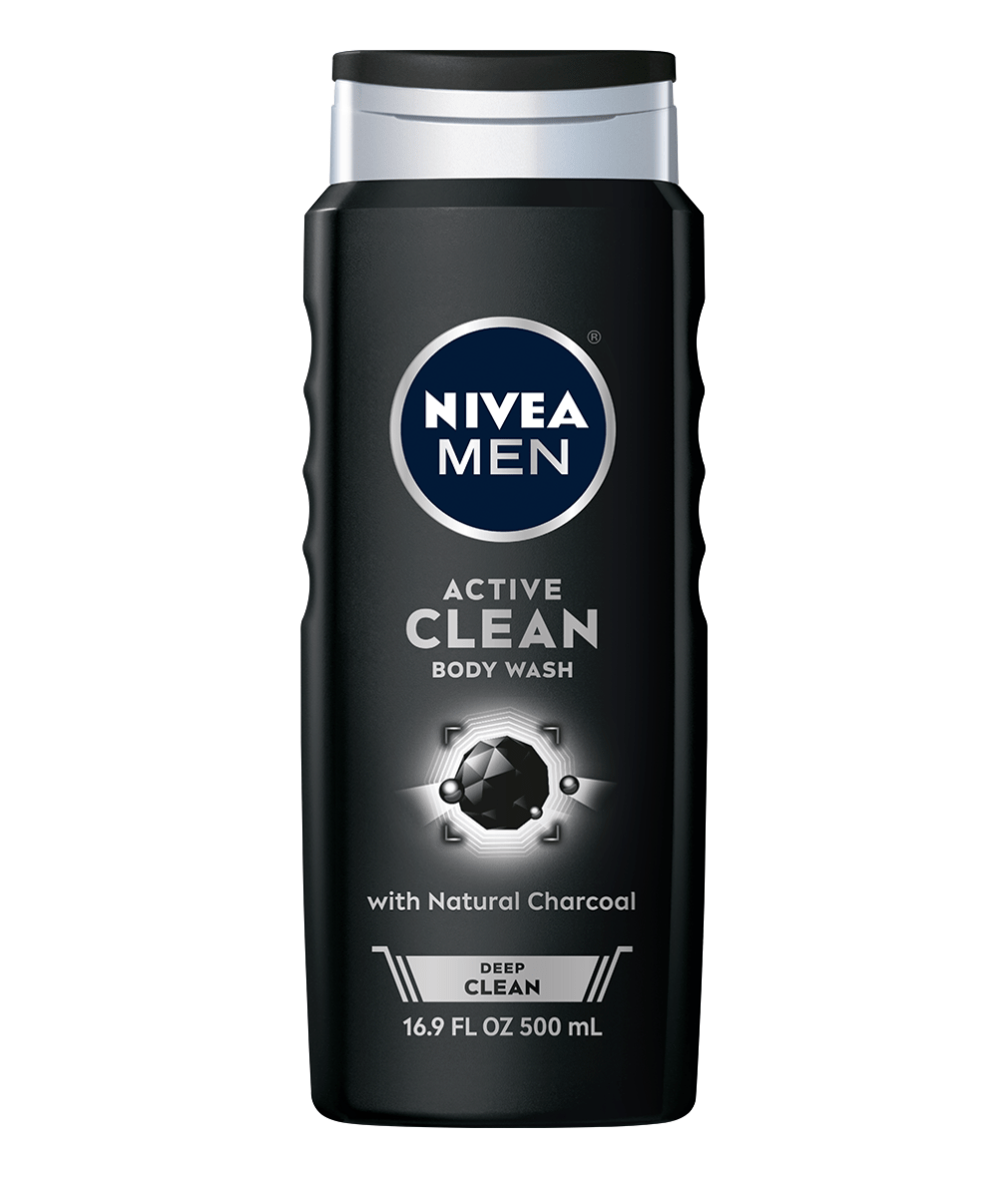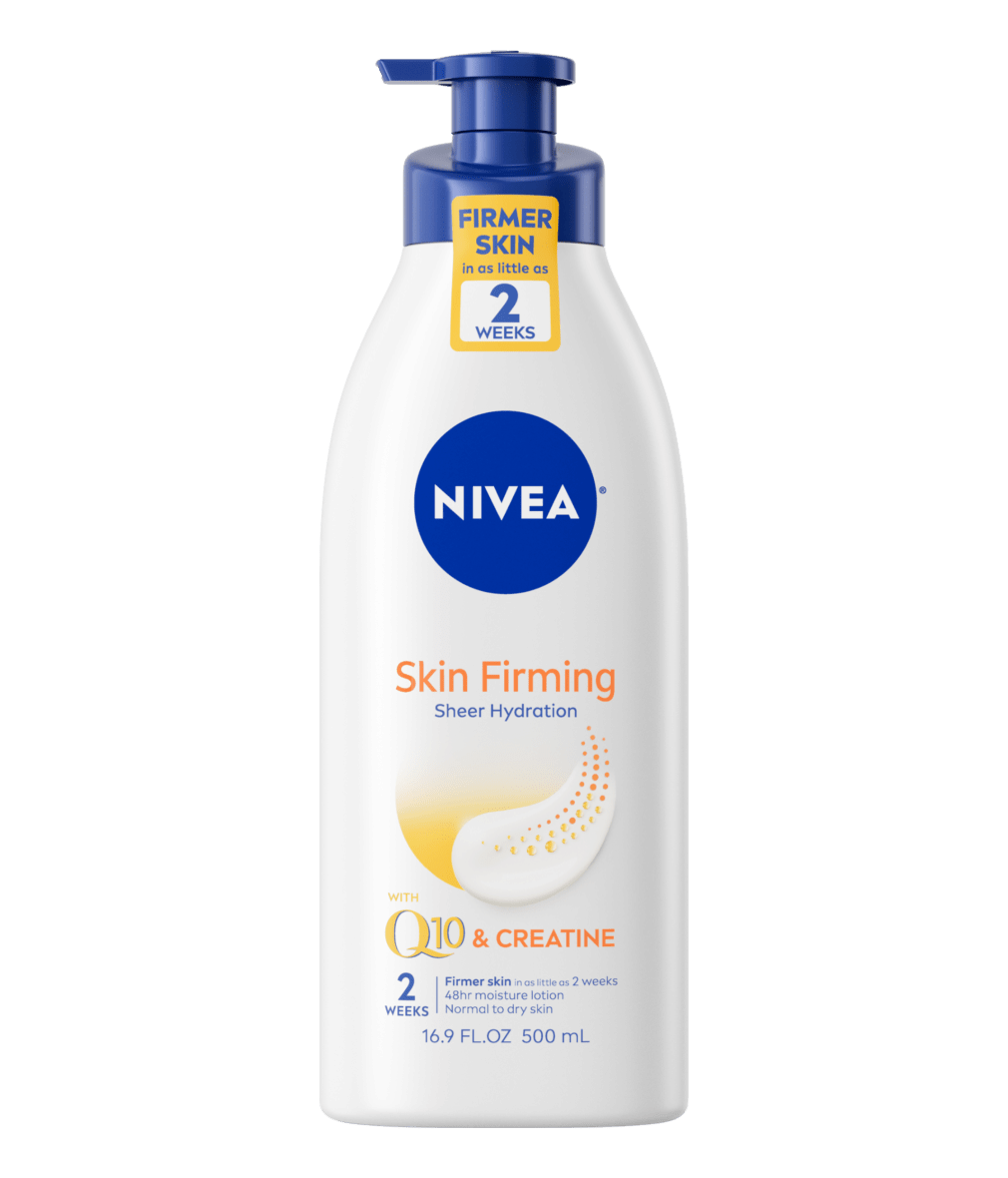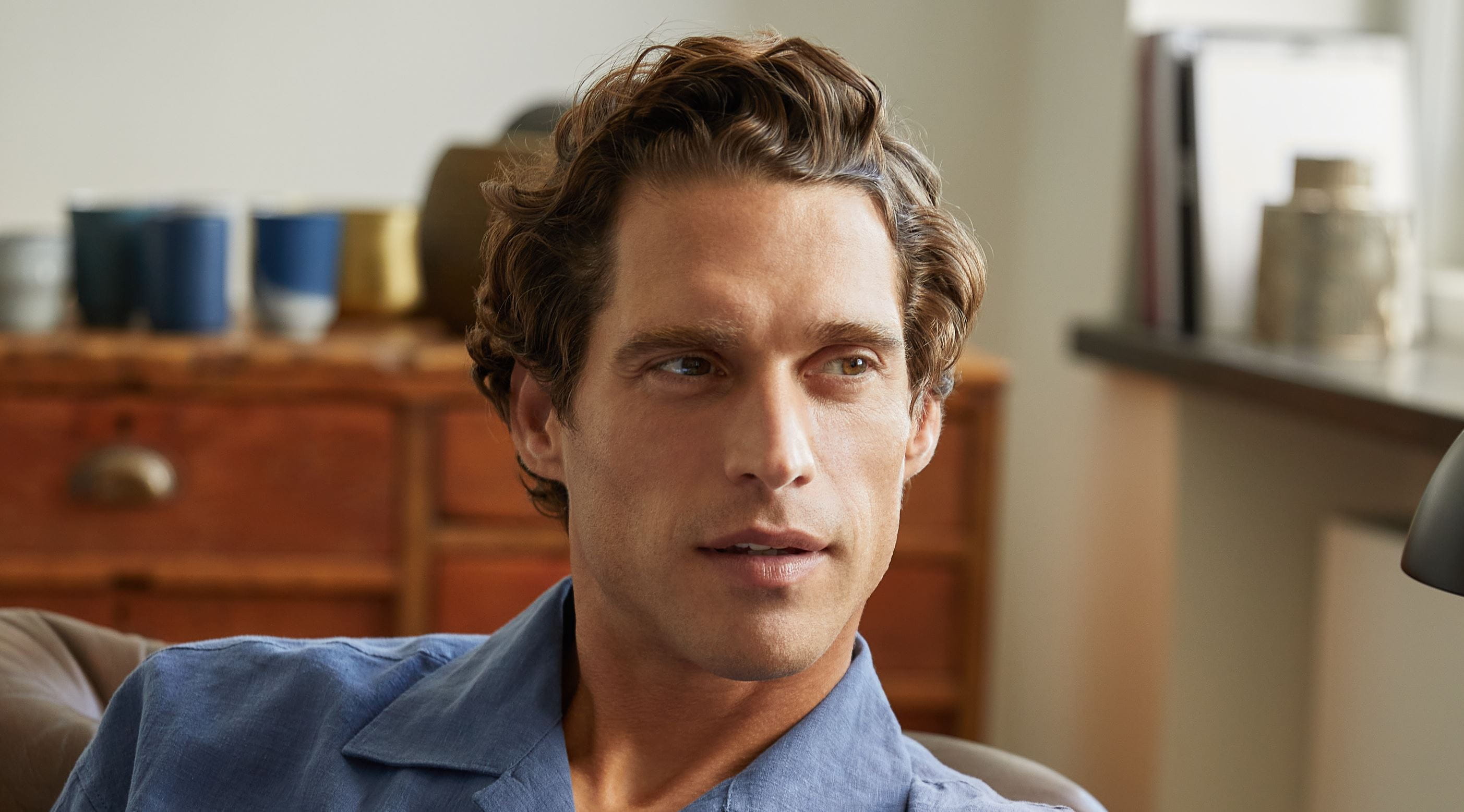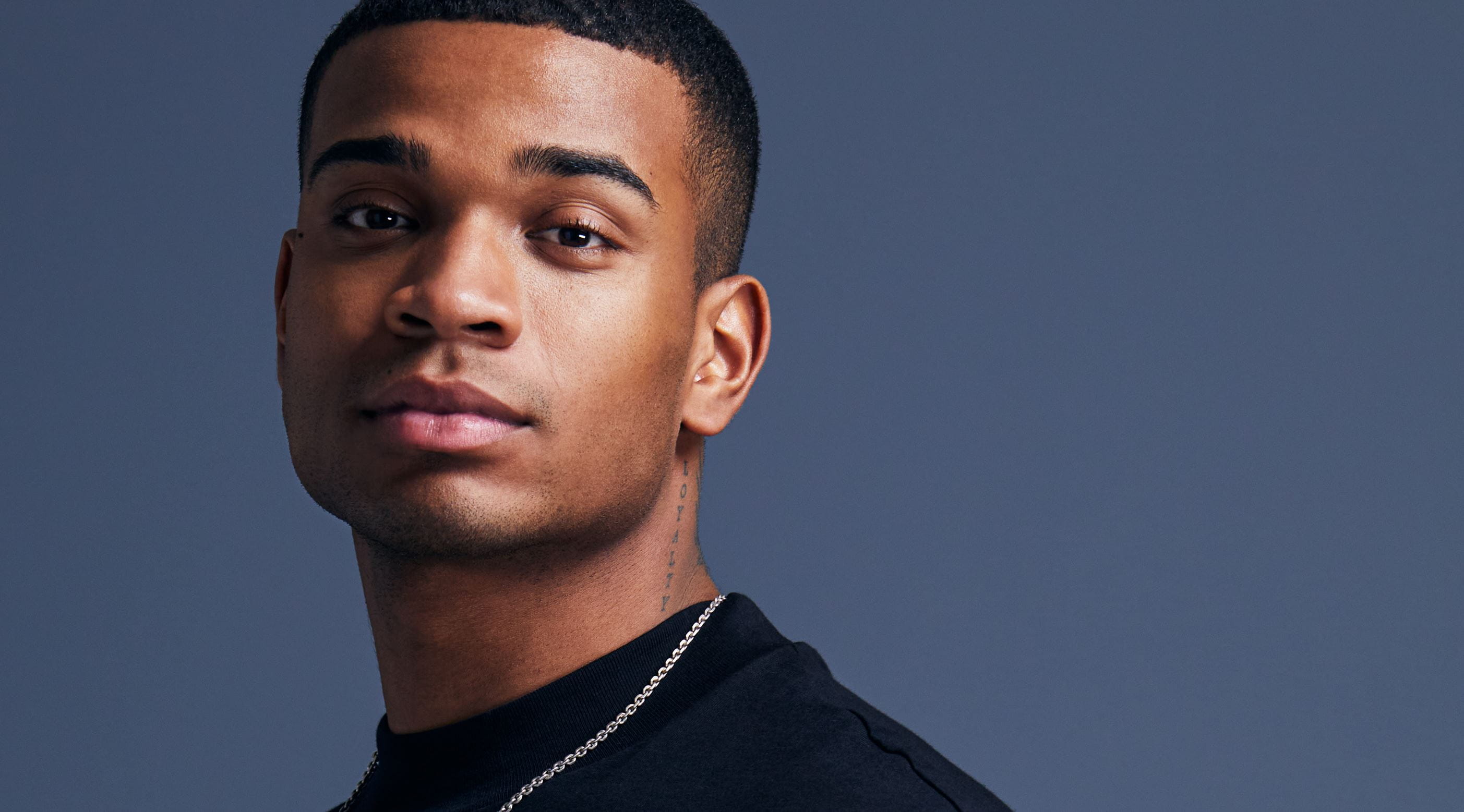
How to Shave Your Face: Tips for a Smooth, Close Shave in a 7-Step Routine
Discover the steps to shaving properly to achieve a clean, close shave with less irritation.
How to shave a beard with a razor
When shaving, it is important to prepare the skin by wetting it. This will help to soften your facial hair. Applying a cream or gel on the desired shaving area will also help to reduce friction and ensure a smoother shave. When clean shaving your beard, be sure to shave in the same direction that your hair grows and rinse the razor after each stroke to help discourage post-shave irritation.
